European cats: characteristics, choice and care rules
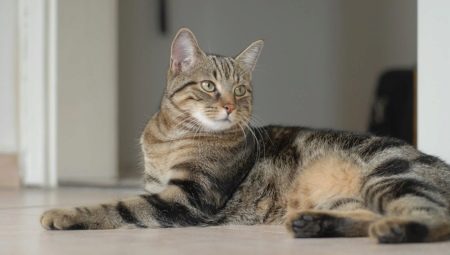
The European cat breed compares very favorably with other representatives of its kind. These short-haired pets are also often referred to as Celtic, although they have nothing to do with the Celts. The fact is that wild kittens that lived throughout Europe were domesticated, and in different countries the same cat began to have different names. The Gauls called it Celtic, and the name stuck. But since the cat is still a native of Europe, its second, and more correct name is European Shorthair.
Animals have an incredibly beautiful appearance, which is complemented by a special grace. The Celts have a hunting nature, which they inherited from their wild ancestors. Cats are very playful and will never make their owners bored. This species is famous for the fact that its representatives became the first domesticated animals of the feline family. Their ancestors easily adapted to the domestic conditions of detention and quickly got along with their owners. Before you get such a kitty, it is recommended to carefully read the signs of the breed and the conditions of keeping the pet.
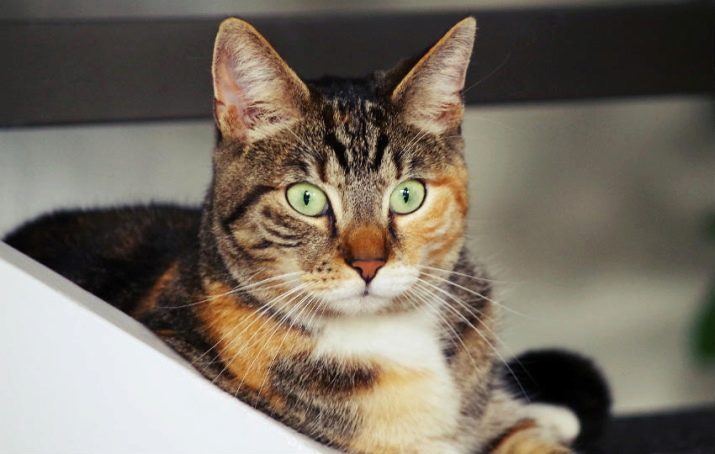
Description
The European cat has a strong constitution, it can be large in size. However, even with such dimensions, the animal cannot be called clumsy. The pet is characterized by flexibility and agility in movement. These shorthaired cats have a slightly fluffy tail. It is wide at the base and tapers towards the tip, acquiring a rounded shape. Outwardly, the Celtic cat breed has a number of individual characteristics.
- The head is slightly oblong and tapered. The cheeks stand out noticeably.
- The ears of the pet are medium in size, set high, rounded to the tips. Some representatives have rather unusual tassels that do not spoil at all, but, on the contrary, give originality to the appearance of the cat.
- Expressive large eyes have a round shape. Their color is always favorably combined with the coat color.
- The Celtic ribcage is very massive and wide, the neck is muscular and of medium length.
- Powerful legs are very well developed and fit perfectly into the proportions of the animal's body. Wide limbs gradually taper downward. The feet are rounded.
- The short shining coat of a European cat is very soft and dense to the touch, has a natural density.
- The weight of representatives of this variety varies from 4 to 8 kilograms. It is worth considering that males are much larger than European females.
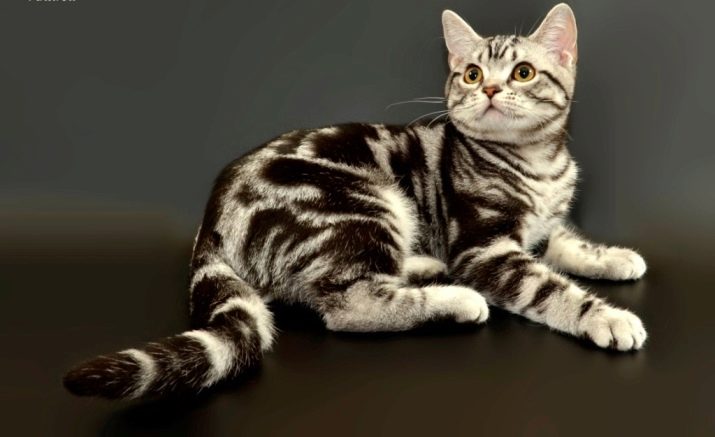
The European cat is famous for its variety of coats. Each country has its own color preferences. This is due to the fact that breeders carried out large-scale work on breeding such pets, and specialists from many countries took part in this process. By the way, the Germans give their preference to cats, whose coat color has light or silver shades.
Striped pets are also in great demand. The Celtic variety of cats reads more than thirty types of coat color.
On the domestic markets, Celts are very often found with the following colors:
- marble;
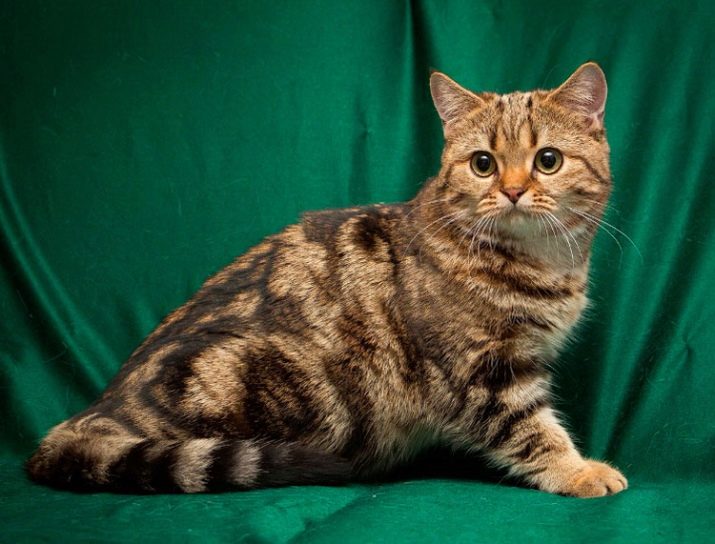
- cream;
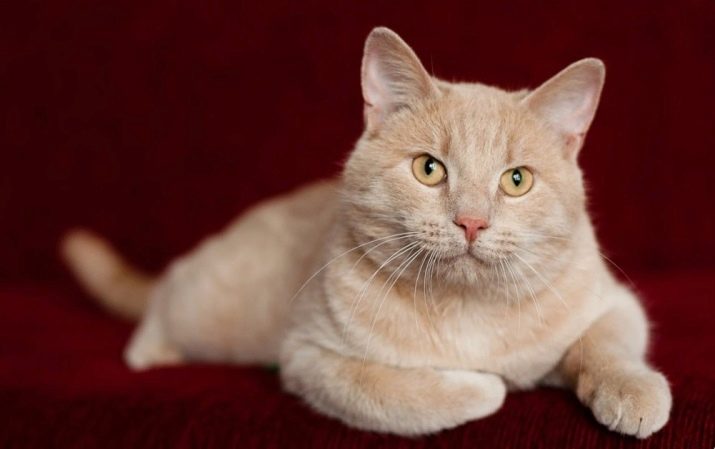
- black;
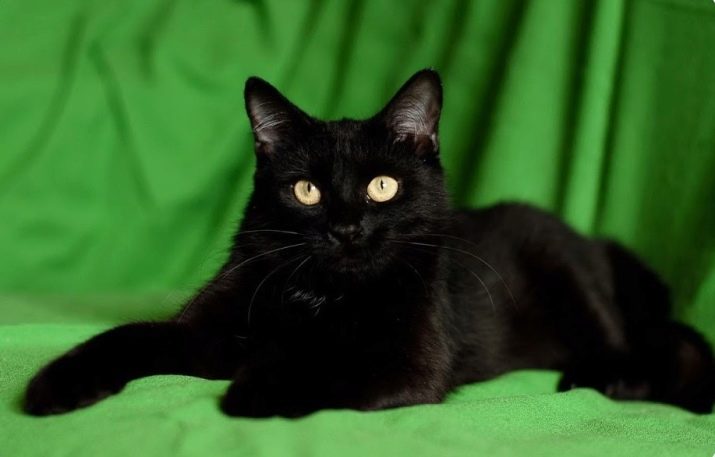
- brindle;
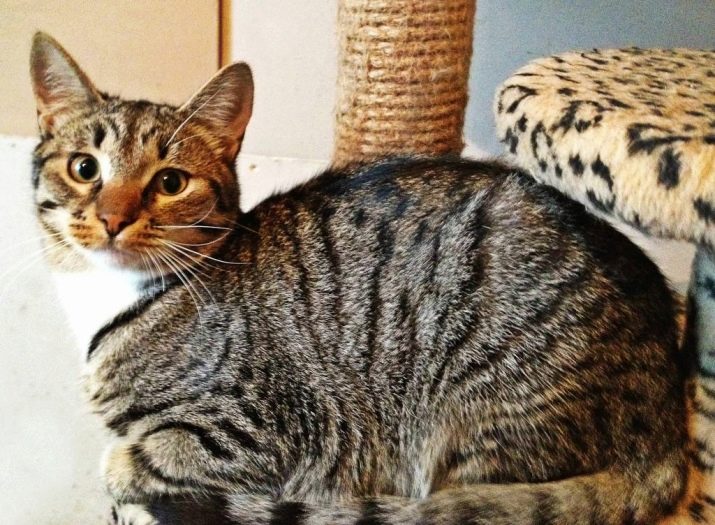
- White;

- cream with striped patterns;
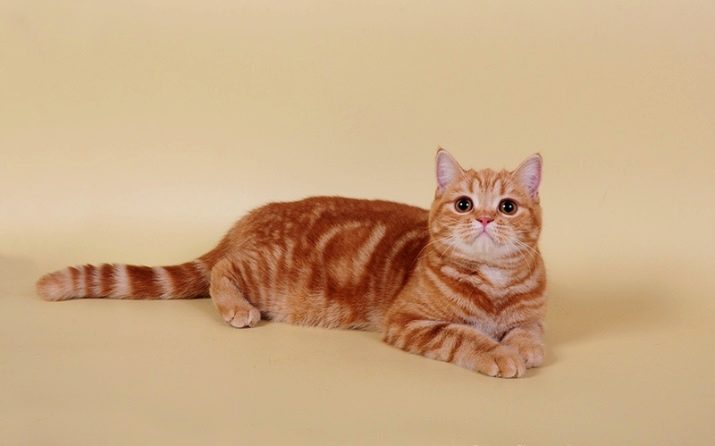
- golden.

If you do not plan to participate with your pet in cat shows, then the color, in general, does not matter. In choosing a cat, everyone can build on their preferences.
Cats of the following colors are not allowed to the exhibitions:
- chocolate;
- lilac;
- faun.

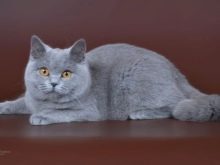
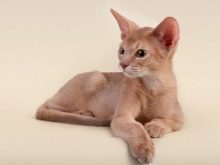
It is also worth mentioning some of the external shortcomings of this breed:
- the possibility of hybridization - Celts are very similar to other breeds of their kind;
- excessive sagging of the animal's cheeks;
- rough transition from the forehead to the muzzle.
Representatives of the Celtic cat breed live on average 16 years. This indicator can be increased by creating comfortable conditions for keeping the pet.
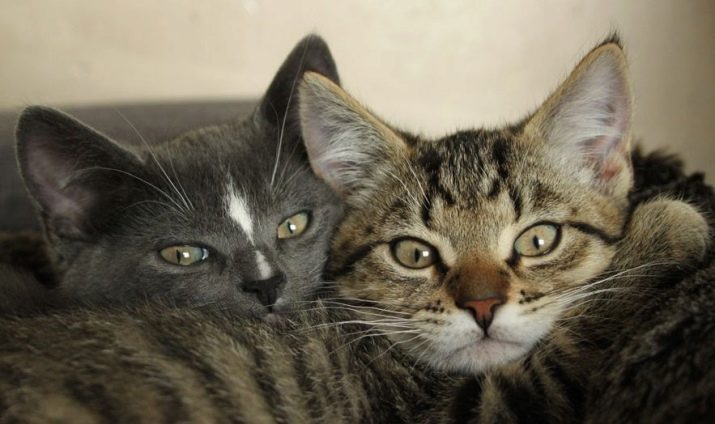
Types of colors
As mentioned earlier, Europeans have a fairly diverse range of coat colors. Felinologists have done a great job creating and improving this breed. Everyone can find a color that suits their liking. Tight-fitting animal hair is distinguished by its stiffness and density. Wool comes in many varieties: solid, patterned, and a mixture of colors. Let's consider some varieties of color and their beautiful combinations in more detail.
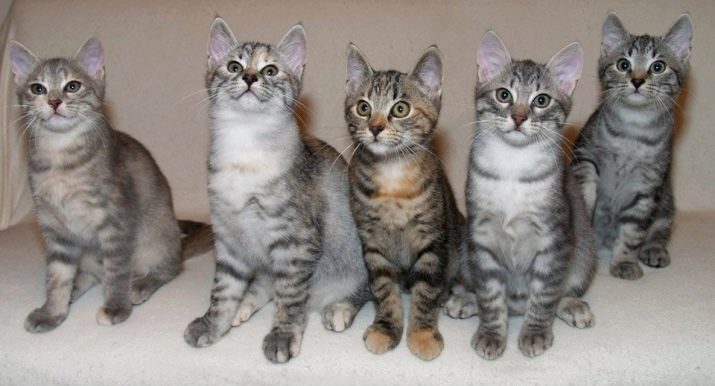
By eye color
Orange and blue eyes are usually are combined with such coats:
- White;
- black;
- blue;
- lilac;
- cream;
- smoky;
- silver.
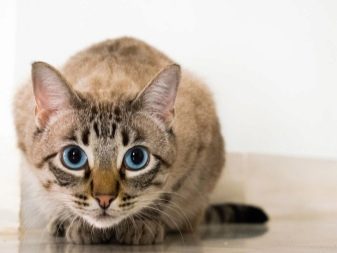

Bicolor
There is at least six combinations of white with colors such as:
- black;
- blue;
- chocolate;
- lilac;
- cream.
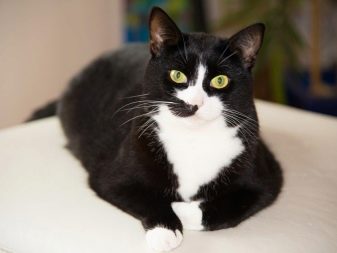
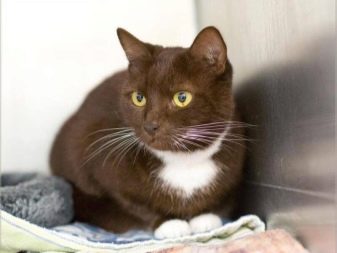
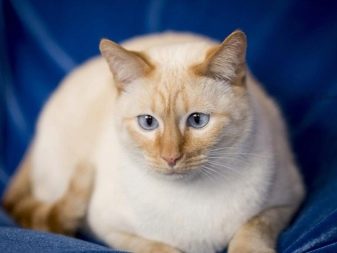
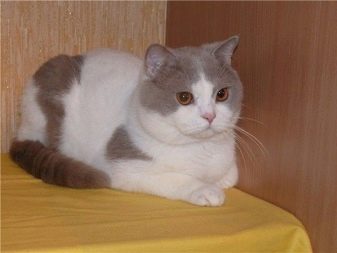
Tiger
This color can be combined with the following shades:
- silvery purple;
- silvery blue;
- cream;
- lilac;
- black;
- silver chocolate;
- silver black.
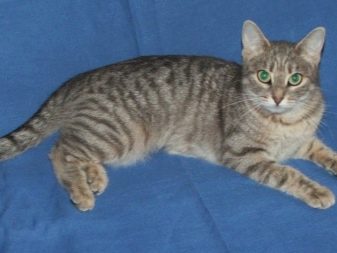
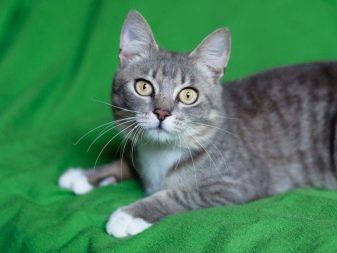
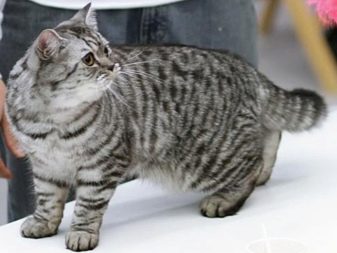
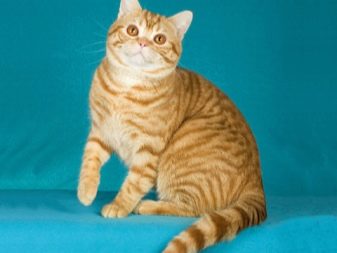
Marble
Such a color variety almost completely corresponds to the previous color scheme and has many shades:
- ginger;
- White;
- light blue;
- silvery with a different mix of shades.

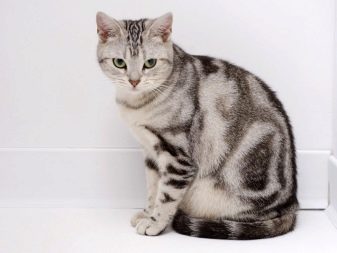

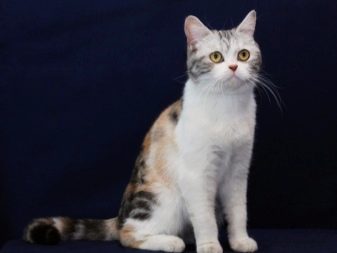
Tricolor
These Celts have colors that combines a three-color coat color:
- blue cream tortie;
- chocolate tortoiseshell;
- purple tortoiseshell;
- tortie with white;
- blue tortie with white;
- chocolate tortie with white;
- lilac tortie with white.
There is also a spotted variety of wool, it has a huge number of combinations and can be presented in twenty variations.
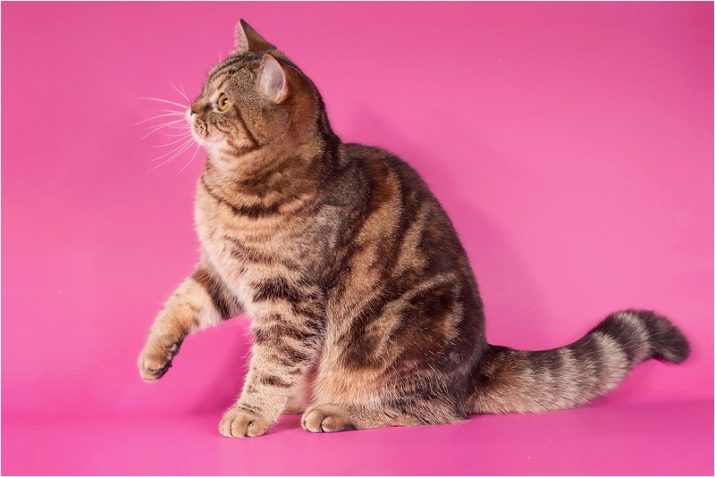


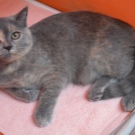

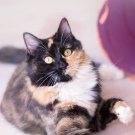
Character traits
The European cat breed is distinguished by high intelligence and incredibly calm temperament. These animals from the first days in the house will be able to quickly adapt to new conditions and get used to their owners.
Celtic cats are very active and energetic. They love to play with their masters. It is better to provide your pet with the required number of toys. Many owners set up a climbing house for their pets. Often a cat has independent behavior, so there is nothing wrong with leaving your pet at home alone, he can easily cope with loneliness.

A characteristic feature of such animals is emotionality. Few have heard that cats can blush. This is usually the case with the Celts when they are nervous. Their ears and nose begin to turn red, the same happens with their paws. Interestingly, they start to sweat a little while doing this. Cats hiss loudly, but at the same time they do not take out their aggression, so the pets will not harm their household in this state. Celts get along well with children, they love to play with them, and they are difficult to provoke.
Cats of the European breed easily make contact not only with household members, but also with strangers. However, they are not inclined to impose on someone. Therefore, if the cat is made to understand that you are not in the mood for games or communication, he will understand and calmly go about his business or switch to someone else.
Thanks to these qualities, cats of this breed never cease to delight lovers of fluffy pets.

European cats, like their ancestors, have a hunting nature, and over the years of domestication, this instinct has not disappeared anywhere, but, on the contrary, has only intensified. So be prepared for the fact that animals will make a lot of noise at night, hunting mice or insects. However, the Celts are uncharacteristically annoying meowing, they are silent by nature. A voice can be given only in extreme cases. This usually happens during times of severe hunger or discomfort.
Despite the fact that Europeans get along well with people, they do not get along well with other pets. Thus, it is best to leave the European cat as the only feline in the house. The uniqueness of the character of the Celtic cat breed is also expressed in the ability to quickly adapt to new conditions and people. Among household members, they can choose a leader for themselves and imitate his habits and habits.
For example, your pet can adjust to your daily routine.
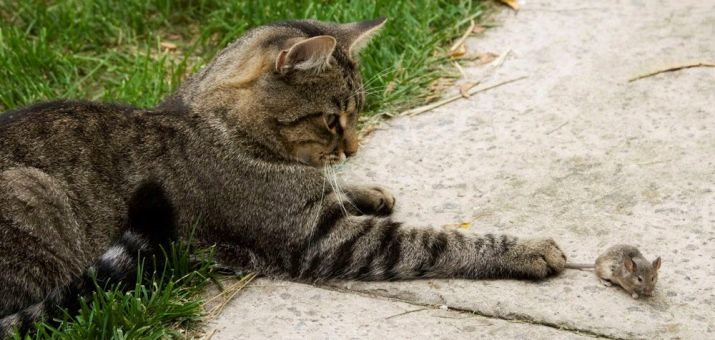
How to choose?
It is very difficult to carry out work on breeding European purebred cats in Russia. Basically, the reason is the small likelihood of giving the kitten into good hands. Tricolor cats are often treated as standard non-pedigree animals. There are often cases of deception when the owners try to pass off a non-purebred European for a purebred animal.
When buying, you need to be careful about choosing a Celtic cat. It must comply with all International Federation standards. Europeans do not lend themselves to hybridization, otherwise the animal will not meet all the requirements of the variety. If you want to get a purebred thoroughbred European cat, then you need to familiarize yourself with all the nuances of appearance and character, and also be prepared for all the difficulties in keeping it.
On the territory of our country there are no large catteries that would be engaged in breeding European smooth-haired cats. Therefore, to purchase an animal, it is better to contact private nurseries. The cost of this breed can vary from 2 to 15 thousand rubles. The price depends on how many titles were awarded to the kitten's parents and its class.
You can also buy a kitten abroad. In such nurseries, the price will be much higher, and will amount to an average of 30 thousand rubles. To this amount, you must also add all the costs of delivering the pet.
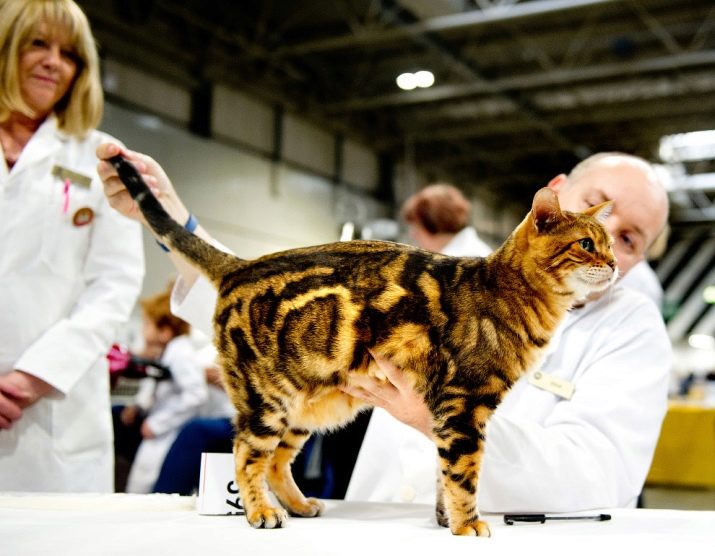
It is recommended to separate a kitten from its mother no earlier than three months after birth. At this age, it is easier for kittens to adapt to new living conditions, as well as get used to their owners. The older the animals, the harder it is for them to get used to something new. It is best to find a breeder in advance and get to know your pet some time before you take it home. In this case, you can get detailed advice from animal care specialists.
Consider your future pet carefully before purchasing. He must not only correspond to all the qualities of the breed, but also have good health and a strong physique. The absence of disease can be indicated by the purity of the animal, this applies to the eyes, ears and nose. You should also pay attention to the cleanliness of the anus. A healthy kitten should have a shiny coat without any blemishes. The claws must be well-groomed and not broken. Another sign of a healthy kitten is energy. The pet cannot be aggressive towards others.
When buying, breeders undertake to provide the new owner with the necessary package of documents:
- passport;
- pedigree;
- information about the vaccinations carried out;
- contract of sale.

Content
European domestic cats, like the rest of this species, require individual care. This process will not take long and will not be a burden to you. Keeping the Celts is not such a difficult task. In addition, animals have truly good health and are resistant to many infectious diseases. To keep your pet in this state, you need to follow some basic rules.
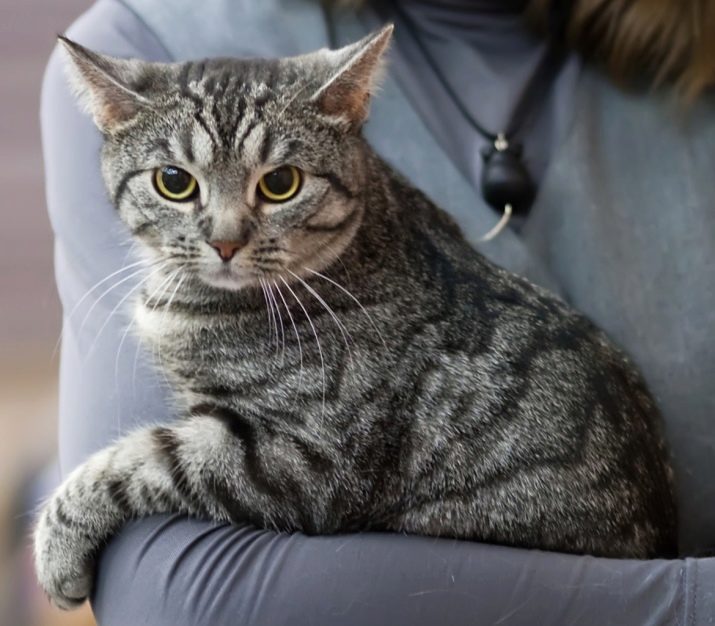
Nutrition
It is not difficult to compose a food ration, because these pets are quite unpretentious in food. The main thing is not to feed the animal too fatty food, even despite the fact that Europeans are not prone to gaining excess weight. Meat products should form the basis of a cat's diet.
If you want to organize a natural type of food for your pet, then you must provide it with the following products:
- boiled or raw meat, except pork and lamb;
- offal;
- cereals, if desired, you can fill with vegetable oil;
- boiled vegetables, except for potatoes;
- sea fish - no more than once a week;
- fermented milk products of low fat content.
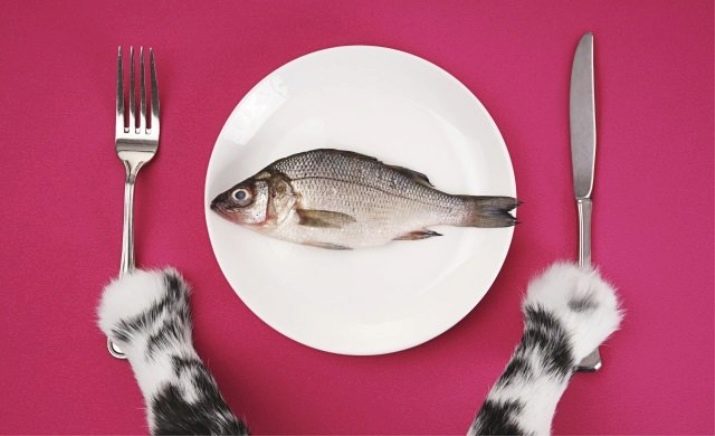
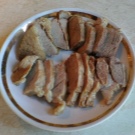
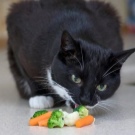

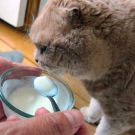

Before giving your pet meat products, it is recommended to freeze them a day before. After the meat is completely defrosted, it should be scalded with boiling water and chopped before serving. Excessive amounts of sea fish can adversely affect the cat's health and provoke urolithiasis. Do not forget that the pet's body needs vitamins, as well as mineral supplements.
To save time, many owners prefer ready-made feeds, in addition, they already contain all the substances necessary for the animal's body. It is advisable to select food according to the age of the pet. When choosing this type of product, you should also pay attention to the health of the cat. The amount of feed in one portion is calculated by the weight of the animal. Usually this data is indicated on the packaging. To provide your pet with all the nutrients, vitamins and minerals it needs, it's best to buy premium food.
This way of feeding your cat will help save the owner's time, but not money. Don't forget about water. The liquid must be clean, preferably filtered.
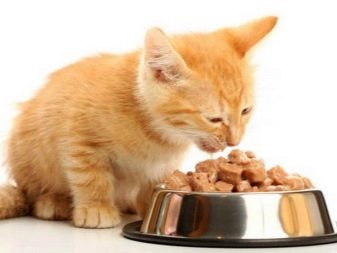

Hygiene
Hygiene can be maintained with simple procedures.
- Examination of the eyes. It is recommended that you do an eye examination every day for secretions that can form nitrous oxide. You can cleanse your eyes with a damp cotton ball or ear swab. The cleansing liquid is usually chosen in the form of boiled water or herbal decoction.In some cases, excessive discharge from the eyes and their redness may indicate an unhealthy condition of the kitten. At the first sign, it's best to show your pet to a veterinarian.
- Hygiene of the ears. The hair cover does not protect the already rather large ears of the cat, for this reason dust very often settles in this area. In addition to this, any impurities can mix with the earwax of the animal. Therefore, from time to time you need to pay attention to this issue. For the procedure, you will need cotton swabs pre-moistened with hydrogen peroxide. It is strongly not recommended to clean the inside of the ear canal, otherwise you may harm your pet. Therefore, clean only the visible part of the dirt. Too much earwax is a sign of an early stage of the disease. It could be an ear mite. In this case, treatment is indispensable.
- Hair care. To maintain the beautiful appearance of the animal, it is necessary to comb it at least twice a week. To do this, you need a metal brush, it will be able to cope with the removal of dead hairs from the pet's body.
- Bathing. The cat does not need regular water treatments. This can damage the natural sheen of the Celtic coat. You need to bathe your pet only in case of severe pollution, as well as before an exhibition or childbirth. Before going to the veterinary clinic, be sure to give your cat a bath day. The coat is washed with a special shampoo for cats.
- Oral cavity care. The teeth of the European are strong and healthy, and in order to preserve their natural appearance, you need to clean them with a special toothpaste and a brush for cats. To avoid this procedure, you can feed the cat small bones or solid food from time to time. This is how the cat cleans its teeth. Visit your veterinarian annually for dental and gum health.
- Nail care. Claws should be trimmed at least once a month. With frequent walking, the cat may not need this procedure at all. You need to cut off the claws carefully so as not to damage the paws, otherwise the cat may pick up an infection. Only the transparent tip of the plate is cut off. It is advisable to purchase a scratching post and special tools for nail care for your pet.
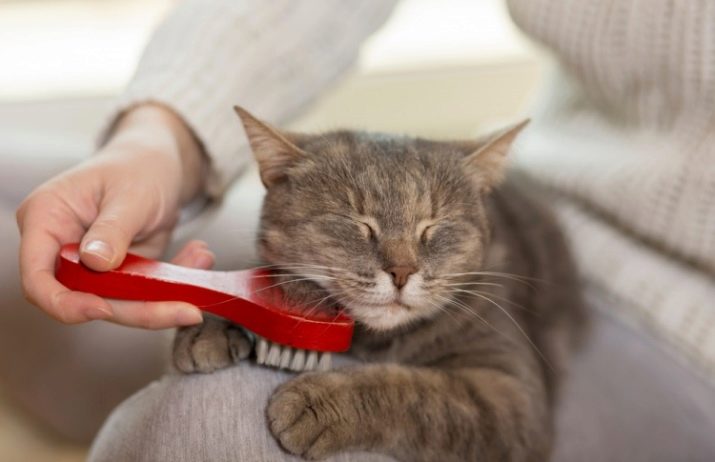
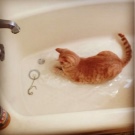
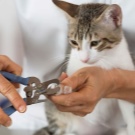

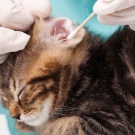
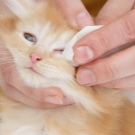
You will learn more about European cats in the following video.
































